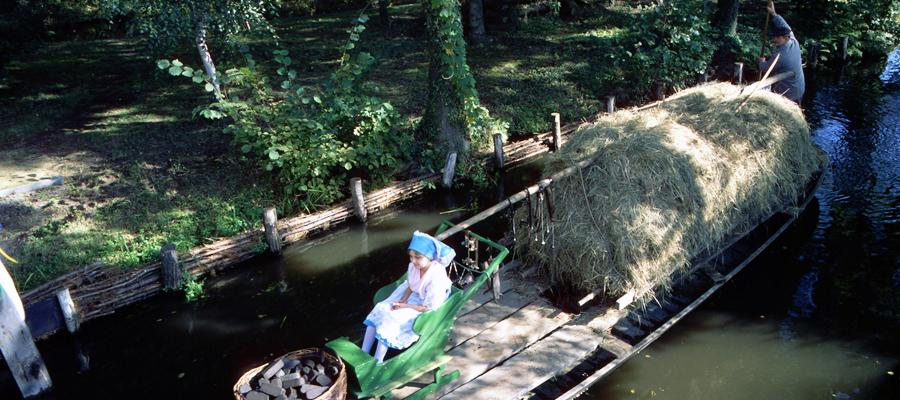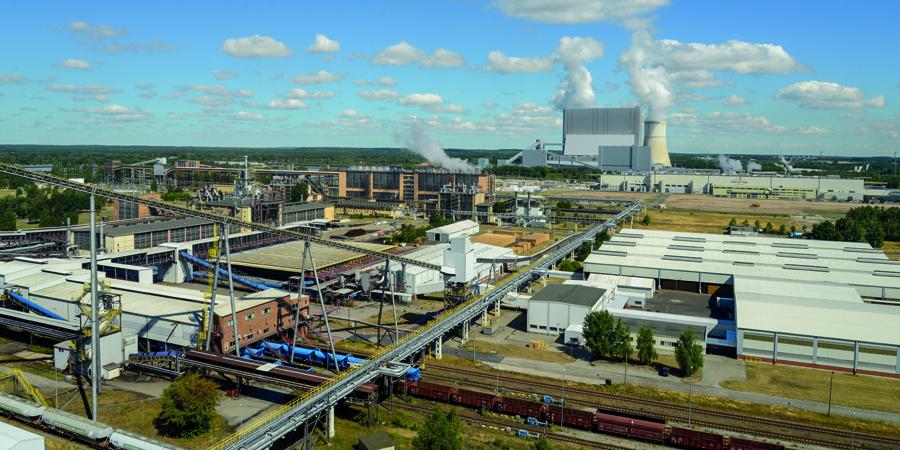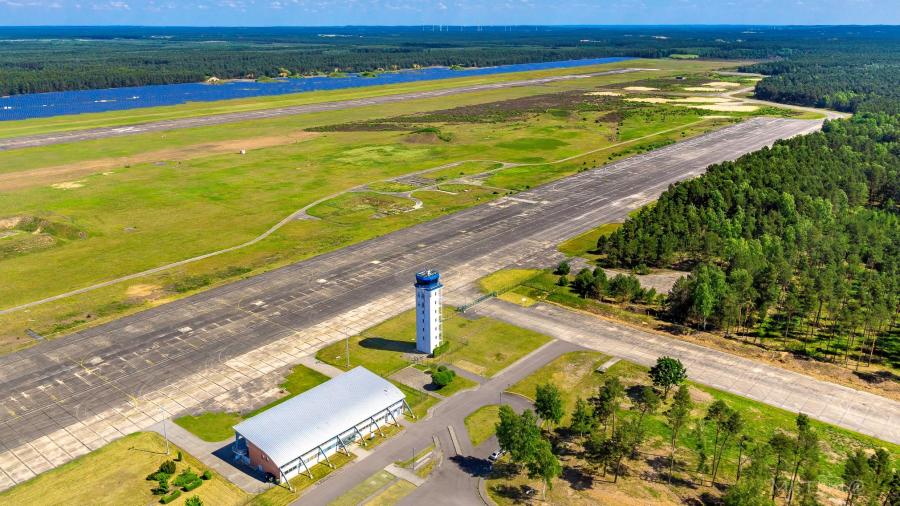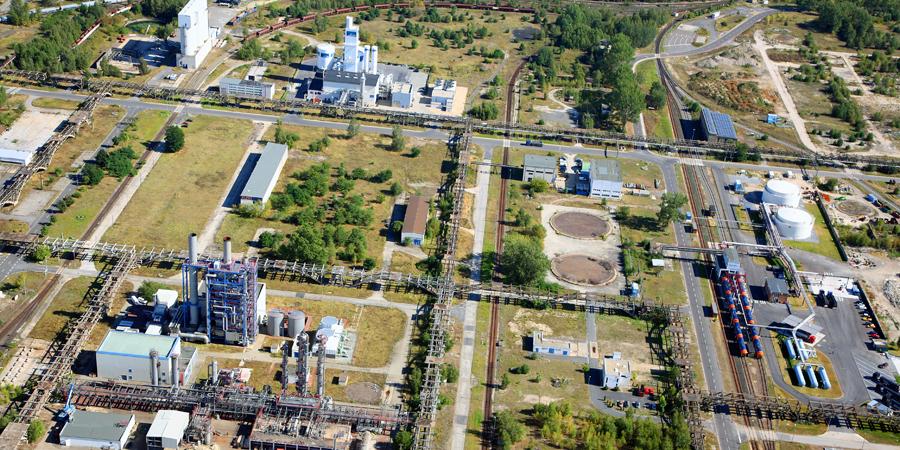Contact

Strong region in the south-east
In the south-east of the state of Brandenburg, between the major German cities of Berlin and Dresden and the prospering Wrocław in Poland, the Spree-Neisse district spans from the Oberspreewald forest in the north-west to the Neisse river in the east. With a surface area of 1,657 km², it covers a large territory of Lower Lusatia with shared traditions and unique cultural and economic features.
Living tradition
The administrative headquarters are located in the district town of Forst (Lusatia), which has a population of roughly 18,000, a surface area of 110.59 km² and old economic traditions.
The remaining 96,000 inhabitants of the district live in the towns of Guben, Spremberg, Drebkau, Welzow, in the independent municipalities of Schenkendöbern, Neuhausen/Spree and Kolkwitz and in the collective municipalities of Peitz, Döbern-Land and Burg (Spreewald).
Roughly 10 % of the district population belong to the Slavic ethnic group Sorbs/Wends, a minority living in eastern Germany.
Superbly positioned location for business, science and technology
The urban district of Cottbus is located in the heart of the Spree-Neisse district. With a population of roughly 100,000 and diverse cultural and retail facilities, Cottbus is the regional centre of Lusatia and is also home to many state authorities.
Together with the city of Cottbus, the Spree-Neisse district has modern training and research facilities, such as Brandenburg University of Technology Cottbus-Senftenberg. The region is therefore a superbly positioned location for business, science and technology and provides the best conditions not only for education and training but also for the advancement and development of innovative and technology-oriented collaborations between companies and science.
An economy that welcomes industry
An industry-friendly climate, modern infrastructure and closeness to eastern Europe characterise the economic landscape of the Spree-Neiße district.
In two large industrial estates and 21 commercial districts, companies and investors established in the area benefit from synergy effects with innovative businesses, the close links to scientific institutions and well-developed transport networks via the A 15 Berlin-Breslau, a rail network that branches in all directions and the commercial airports Spremberg/Welzow and Cottbus/Neuhausen.
Logistics and industry hub Forst (Lusatia)
As a business location, Forst (Lusatia) focuses predominantly on the metal construction industry, logistics sector, construction, the services sector, textiles and agriculture.
The logistics and industry hub Forst (Lusatia) is a large-scale commercial and industrial location with a terminal for intermodal transport along with a private rail network connection to the industrial area and various facilities for all sorts of services.
Guben industrial estate
The Guben industrial estate crosses national borders, as it is located in the double town of Guben divided between Germany and Poland. Leading companies have become established at the location, mainly from the chemicals and plastics sector. The industrial estate provides outstanding conditions thanks to the comprehensive supply of power and various media such as steam, process water and cooling water, district heating, natural gas, nitrogen and compressed air.
The location provides other advantages such as its own connection to the rail network of Deutsche Bahn AG, a works fire brigade, a wastewater treatment plant and a modern telecommunications network.
Companies can find local service-provider partners for engineering, apparatus construction, insulation technology, pump and valve service, information technology, logistics and road haulage, along with security and catering.
“Schwarze Pumpe” industrial estate
The “Schwarze Pumpe” industrial estate near Spremberg is home to one of Europe’s most advanced brown coal power plants.
In the long-established industrial area, which spans the state border between Brandenburg and Saxony, new businesses benefit from major potential for synergy. Alongside energy technology companies, companies from the chemicals and plastics sectors and metal and paper production are also located on the industrial site.
The location’s strengths include its own waterworks, two industrial wastewater treatment plants, availability of technical gases and services such as its own fire brigade, site security, site medical services, maintenance, logistics and laboratory services.
„Green Areal Lausitz“ (GRAL)
„Green Areal Lausitz“ (GRAL), das ist der Name für das mit 209 Hektar größte in Ostdeutschland verfügbare, unbebaut zusammenhängende und seit 2 Jahren mit einem Bebauungsplan versehene Industrie- und Gewerbegebiet Jänschwalde/Janšojce, das derzeit auf dem ehemaligen Flugplatz Cottbus-Drewitz entsteht. Produktion, Materialfluss und Lieferketten sollen vornehmlich CO2-neutral stattfinden, um somit einen Beitrag zum Klimaschutz und zur Modellhaftigkeit des Lausitzer Strukturwandels zu leisten. Daher wird der größte Teil der Investition in den Bau einer elektrifizierten Gleisanlage zwischen dem GRAL und der Bahnstrecke Cottbus – Guben fließen. Der direkte Anschluss an das bundesweite Schienennetz bietet wirtschaftliche Standortvorteile, ein Plus für die Umwelt und das Image der Investoren.
Good location conditions and promising opportunities
The location conditions that have developed very well in recent years in terms of the commercial sector, infrastructure and the environment are not least the result of targeted structural and economic measures implemented at the national and state level.
Promising opportunities for sustainable structural consolidation and economic growth are provided by the expansion of traditional and future-oriented new sector specialisations and subsequently in the effective creation of new jobs and skills.
 Lausitz-Invest
Lausitz-Invest






